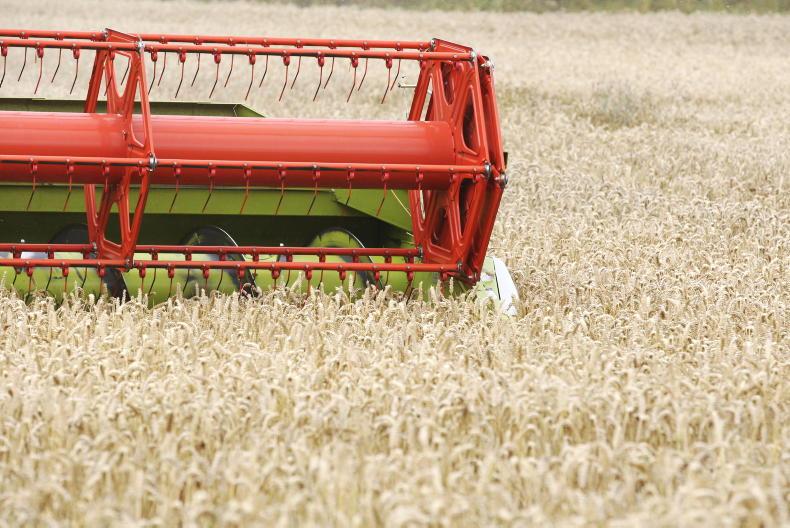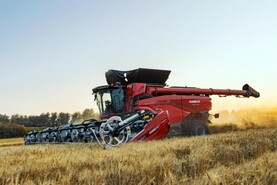Glyphosate is again up for renewal next year and the last thing that farmers need is bad headlines that relate to the discovery of high residue levels in grain or any other agricultural produce.
This is especially important in crops where the market requires that it not be used, specifically in malting barley and some oats.
It should also not be used on seed crops – this is not a food or consumer issue, but rather an issue for farmers themselves.
Farming needs to retain access to glyphosate as a tool.
Tillage in Ireland only uses about 30% of the total glyphosate sold annually, but our crops are very much under the microscope regarding its use because an amount of it is applied pre-harvest on crops to be consumed as food or feed.
Consumer's perspective
Think about it from a consumer's perspective. They do not want glyphosate in their food, but you have a problem that may need sorting to help harvesting.
But do you need to spray the whole field or just the headlands to kill green tillers on the ins and outs?
Is your target grassweeds which can be killed or reduced by some other means?
For these and other reasons, certain markets now do not allow the use of glyphosate. These include its use on malting barley, all crops grown for seed and also oat crops used for food uses.
Residue risk
Risk of residue is very much related to the amount of area sprayed in any field.
A few weeks ago, crops were sprayed in the heat and cut three to four days later in some cases because the weather did the job naturally.
Glyphosate is essential for many other jobs, so try to avoid allowing its use pre-harvest to be a justification for another bout of anti-glyphosate hysteria just ahead of its highly politicised re-registration process kicking off.






 This is a subscriber-only article
This is a subscriber-only article










SHARING OPTIONS: